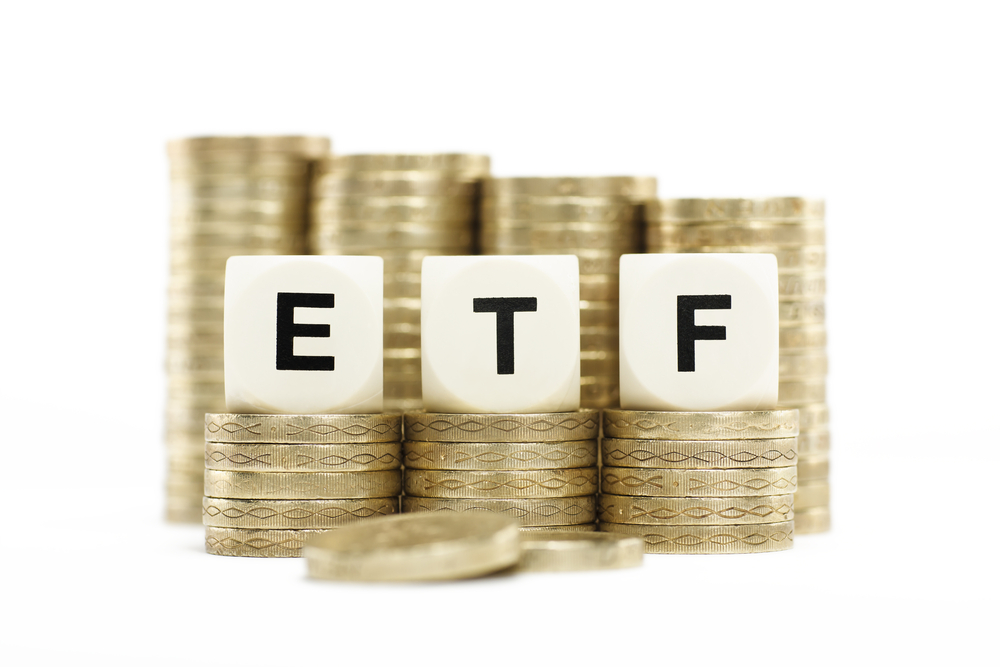Inflation, rising interest rates and higher yields have investors looking more closely at Treasury securities. Many investors are attracted to the combination of relative safety and high yields of short-term Treasury ETFs. Other investors are buying long-term Treasury ETFs for a potential recession hedge, as yields would fall, and prices rise in a slowing economy.
While these benefits are attractive, there are still risks, such as interest rate risk and inflation risk, for investors to consider before investing.
What Is a Treasury ETF?
A Treasury ETF is a type of exchange-traded fund that seeks to track a benchmark index of U.S. Treasury securities, which are debt instruments issued by the U.S. Department of the Treasury to raise funds for government operations and various projects. Treasuries are generally considered to be among the safest and most stable fixed-income investments because they are backed by the full faith and credit of the U.S. government.
Different Types of Treasury ETFs
With many different types of Treasury ETFs to choose from, investors can use these bond funds for a range of investment objectives, including capital preservation, income generation, risk management, recession hedge or portfolio diversification.
Common types of Treasury ETFs include:
- Broad market Treasury ETFs: These ETFs provide exposure to a wide range of U.S. Treasury securities, including Treasury bills (T-bills), Treasury notes (T-notes) and Treasury bonds (T-bonds). They offer a diversified portfolio of Treasury securities with varying maturities.
- Short-term Treasury ETFs: Short-term Treasury ETFs primarily invest in short-term Treasury securities, such as T-bills, which have maturities of one year or less. Ultra-short term Treasury ETFs cover maturities of three months or less. These ETFs are suitable for investors looking for a low-risk, highly liquid and short-term investment option.
- Intermediate-term Treasury ETFs: Intermediate-term Treasury ETFs focus on intermediate-term Treasury securities, such as T-notes, which have maturities ranging from two to 10 years. These ETFs can provide a balance between risk and return for investors with a moderate investment horizon.
- Long-term Treasury ETFs: Long-term Treasury ETFs concentrate on long-term Treasury securities, such as T-bonds, which have maturities typically exceeding 10 years. They are suitable for investors seeking exposure to the longer end of the yield curve and are willing to accept longer-duration risk.
- Inflation-protected Treasury ETFs: These ETFs primarily invest in Treasury Inflation-Protected Securities, or TIPS, which are designed to protect investors from inflation. TIPS offer a fixed interest rate plus an inflation-adjusted component linked to changes in the Consumer Price Index. Inflation-protected Treasury ETFs are designed to provide a hedge against rising inflation.
- Zero-coupon Treasury ETFs: Zero-coupon Treasury ETFs invest in zero-coupon Treasury bonds, which don’t pay periodic interest. Instead, they are sold at a discount to face value and pay the face value at maturity. These ETFs are useful for investors seeking specific target maturity dates.
- Treasury floating rate ETFs: These ETFs invest in floating-rate notes issued by the U.S. Treasury. The interest rate on these notes adjusts periodically based on changes in short-term interest rates, such as the Treasury’s weekly auctions of 13-week T-bills.
- Treasury bond strips ETFs: Treasury bond strips, or “STRIPS” (Separate Trading of Registered Interest and Principal of Securities), represent the separate interest and principal components of Treasury bonds that have been “stripped” from the original bond. These ETFs offer investors exposure to Treasury STRIPS.
- Target maturity Treasury ETFs: Target maturity Treasury ETFs allow investors to target specific maturities by holding a portfolio of Treasury bonds that all mature in the same year. They provide a way to align investments with specific future financial goals and can enable investors to implement a bond laddering strategy.







